Embarking on a ketogenic diet involves a strategic approach to nutrition, focusing on low-carbohydrate, moderate-protein, and high-healthy-fat consumption to induce a state of ketosis. This detailed article on keto diet plan aims to guide you through the principles of the diet, provide sample meal plans with keto-friendly foods, and offer practical tips for success on your journey to ketosis. Without further wasting time, let’s get started.
Understanding the Keto Diet Principles
Before making your keto diet plan, make sure the macronutrient ratios are accurate for ketosis. Fat intake should be 70-75% while protein intake should be 20-25% and carbohydrate intake should be 5-10%.
Make healthy fats a primary energy source, including avocados, nuts, seeds, and oils. Consume moderate amounts of high-quality proteins like meat, poultry, fish, eggs, and dairy. Restrict carbohydrates to primarily non-starchy vegetables to keep total daily intake low. Calculate net carbs by subtracting fiber from total carbohydrates to monitor the impact on blood sugar.

Ensure sufficient hydration, especially during the initial stages of ketosis. Consume foods rich in potassium, magnesium, and sodium, or consider supplements to maintain electrolyte balance.
Choose a meal timing strategy that aligns with your preferences, whether it’s three meals a day or incorporating intermittent fasting. Don’t forget to pay attention to your body’s hunger and fullness cues.
Keto-friendly Foods to Choose
As we already know, adopting a ketogenic lifestyle involves a significant shift in dietary choices and to make a keto diet plan with ease, you should have a clear idea about keto-friendly foods so that you can include them in your keto meal plans for various types of exciting, tasty yet healthy meals. Here are some of the keto-friendly foods that you should include in your meals.
Healthy Fats
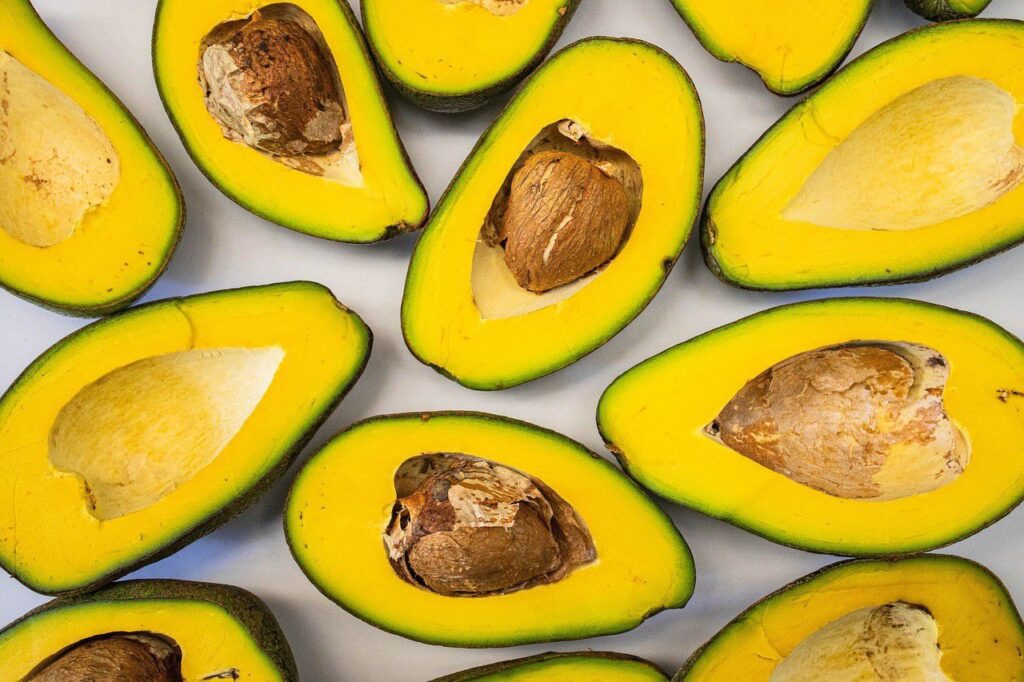
- Avocado: A nutrient-dense, high-fat fruit rich in monounsaturated fats, vitamins, and minerals.
- Olive Oil: Extra virgin olive oil is a staple in keto cooking, adding flavor and providing heart-healthy fats.
- Coconut Oil: With medium-chain triglycerides (MCTs), coconut oil is a versatile and ketogenic-friendly cooking fat.
- Nuts and Seeds: Almonds, walnuts, chia seeds, and flaxseeds are excellent sources of healthy fats and fiber.
Quality Proteins
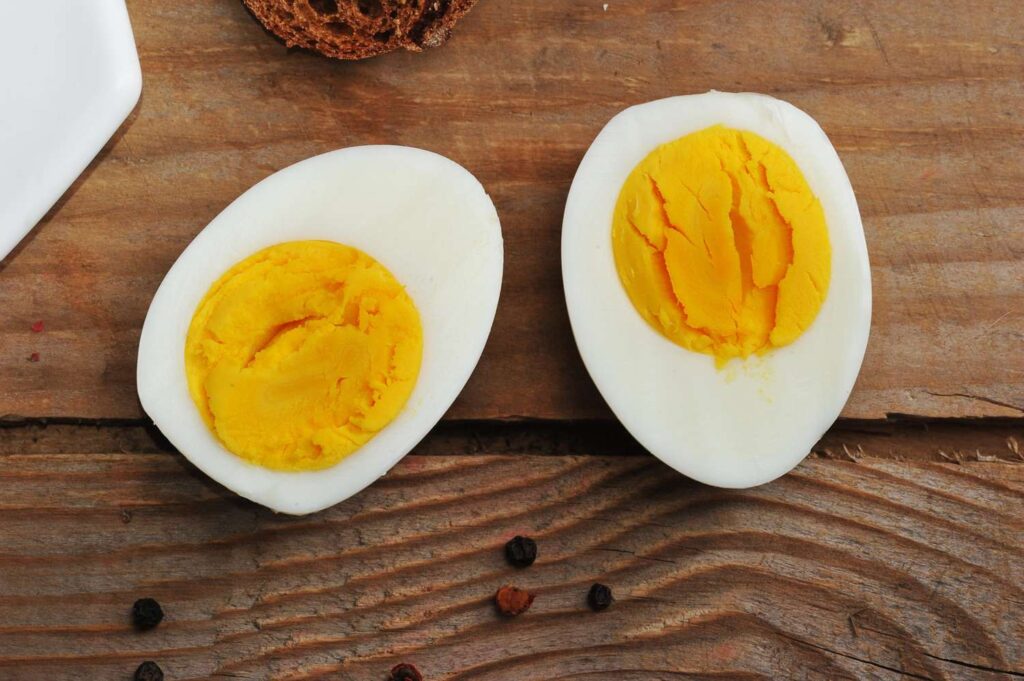
- Eggs: A versatile and affordable protein source, eggs are a keto-friendly breakfast option.
- Poultry: Chicken and turkey are lean protein sources suitable for keto meals.
- Fatty Fish: Salmon, mackerel, and sardines provide omega-3 fatty acids and protein.
- Red Meat: Beef, pork, and lamb are rich in protein and essential nutrients.
Low-Carb Vegetables
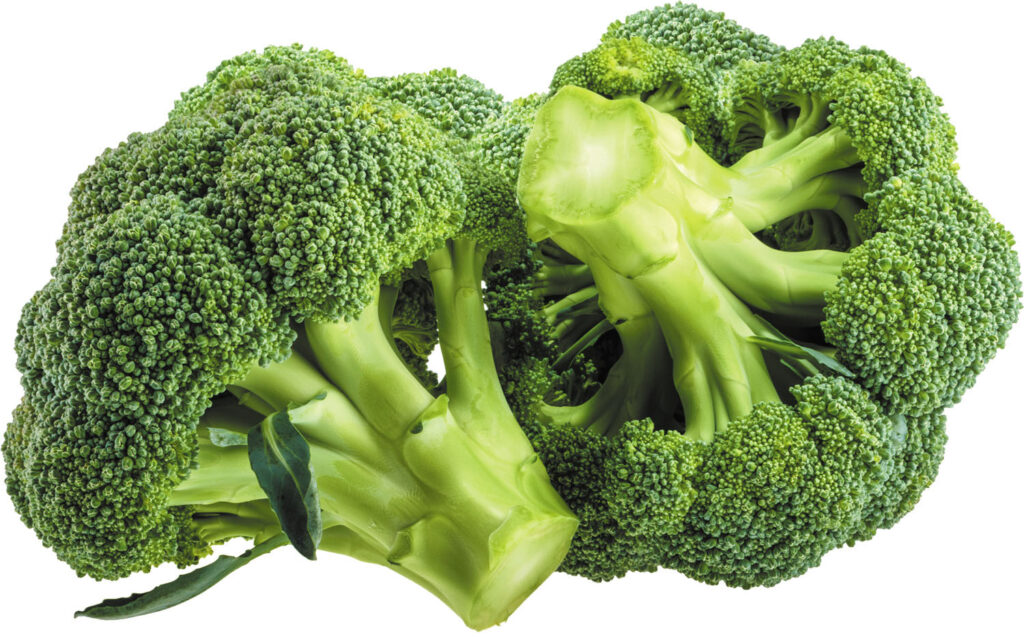
- Leafy Greens: Spinach, kale, and Swiss chard are low in carbs and high in nutrients.
- Cruciferous Vegetables: Broccoli, cauliflower, and Brussels sprouts are fiber-rich and keto-approved.
- Zucchini and Asparagus: Versatile vegetables that can be grilled, roasted, or spiralized for various keto recipes.
Dairy
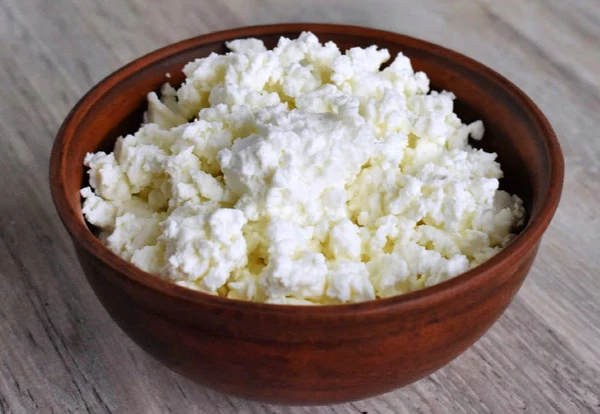
- Cheese: Choose full-fat, unprocessed cheeses like cheddar, mozzarella, and cream cheese.
- Greek Yogurt: Opt for unsweetened, full-fat Greek yogurt in moderation.
- Heavy Cream: A keto-friendly alternative for coffee and cooking.
Berries
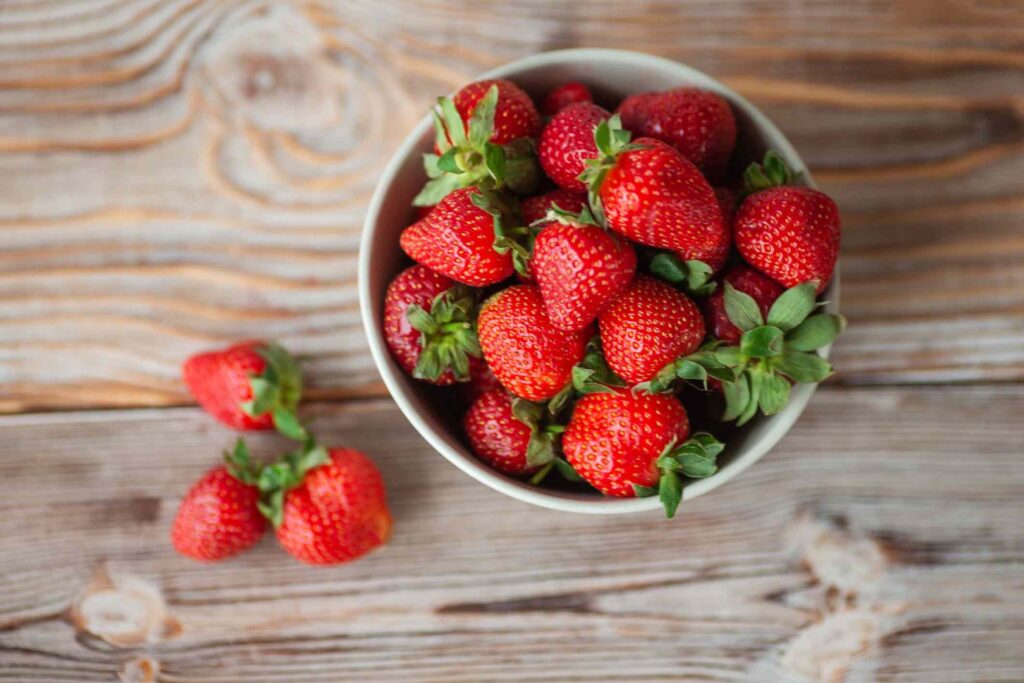
- Strawberries, Blueberries, and Raspberries: Berries are lower in carbs compared to other fruits and can be enjoyed in moderation.
- Blackberries: Rich in fiber and antioxidants, blackberries are a keto-friendly fruit option.
Keto Sweeteners

- Stevia: A natural, zero-calorie sweetener derived from the leaves of the Stevia plant.
- Erythritol: A sugar alcohol with zero net carbs and minimal impact on blood sugar.
- Monk Fruit: A sweetener derived from monk fruit that is both keto-friendly and naturally sourced.
Keto-Friendly Flours and Alternatives
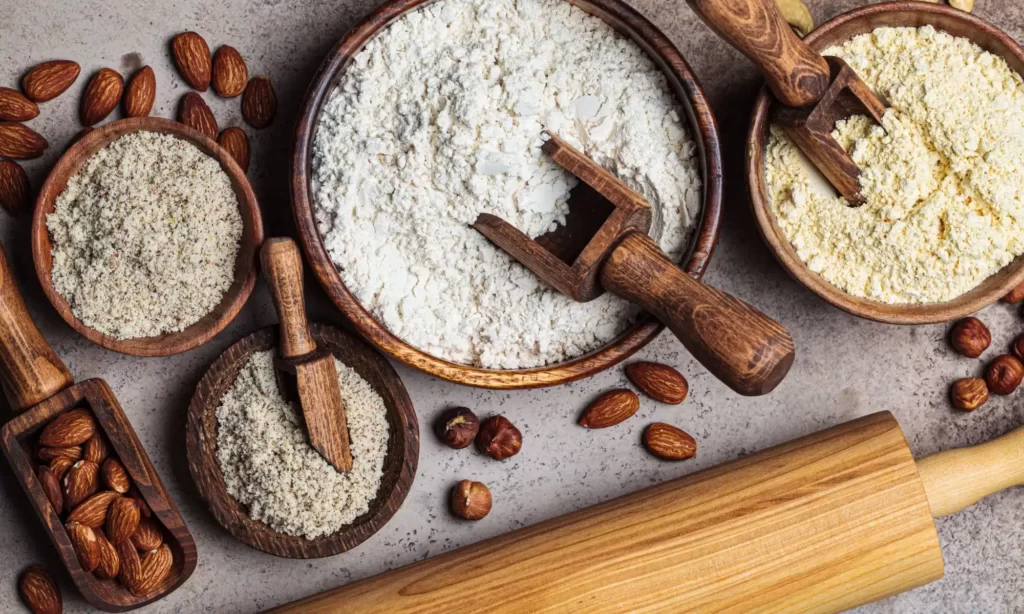
- Almond Flour: A low-carb alternative to traditional flour, commonly used in keto baking.
- Coconut Flour: High in fiber and low in net carbs, suitable for keto-friendly recipes.
- Flaxseed Meal: A nutritious option for adding fiber to keto meals and baked goods.
Beverages
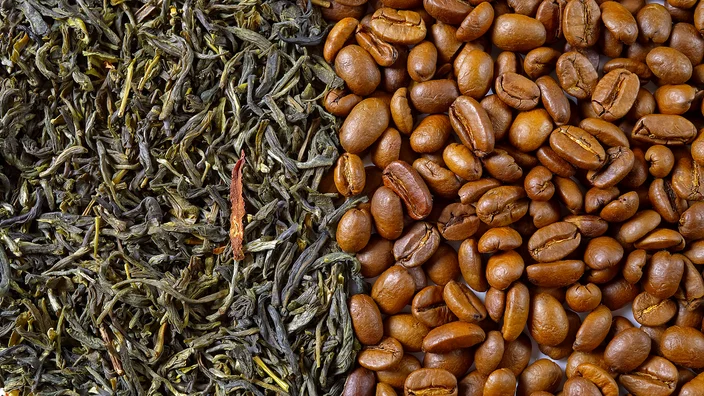
- Water: Staying hydrated is crucial on the keto diet, and water is the best choice.
- Coffee and Tea: Unsweetened coffee and tea, black or with a splash of unsweetened almond milk, can be keto-friendly.
- Sparkling Water: A refreshing option for those looking to add variety without added sugars.
Condiments and Sauces
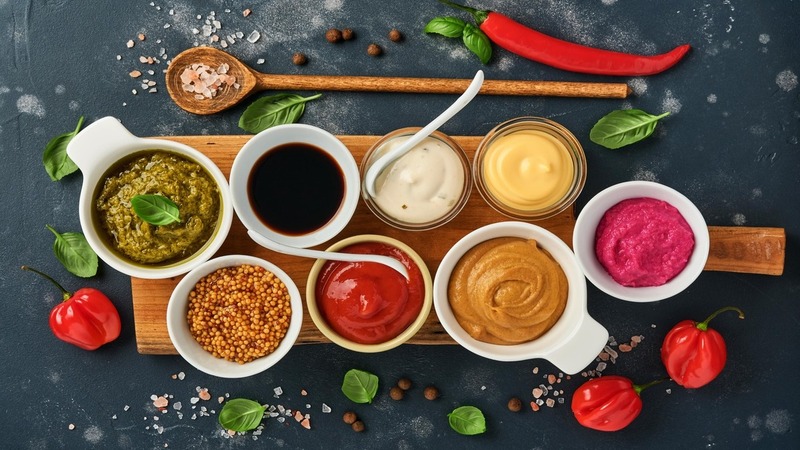
- Olive Tapenade: A flavorful spread made with olives, capers, and olive oil.
- Mayonnaise: Full-fat mayonnaise without added sugars is keto-friendly.
- Low-Carb Sauces: Choose options like sugar-free tomato sauce, pesto, or Alfredo sauce.
Keto Snacks

- Pork Rinds: A crunchy, low-carb alternative to traditional chips.
- Cheese Crisps: Baked or fried cheese crisps provide a satisfying crunch.
- Beef Jerky: Look for options without added sugars for a protein-packed snack.
Sample Keto Diet Plan
[Note: Portion sizes and specific food choices can vary based on individual needs and preferences.]Day 1
- Breakfast: Scrambled eggs cooked in butter with spinach and feta cheese; avocado slices on the side.
- Lunch: Grilled chicken breast with a side of broccoli sautéed in olive oil. Caesar salad with a creamy, low-carb dressing.
- Snack: Handful of mixed nuts (almonds, walnuts, and macadamia nuts).
- Dinner: Baked salmon with a lemon and dill butter sauce. Asparagus roasted in olive oil.
Day 2
- Breakfast: Keto-friendly smoothie with unsweetened almond milk, spinach, avocado, and protein powder.
- Lunch: Cobb salad with mixed greens, bacon, diced chicken, cherry tomatoes, blue cheese, and a low-carb dressing.
- Snack: Celery sticks with cream cheese.
- Dinner: Zucchini noodles with pesto sauce and grilled shrimp.
Day 3
- Breakfast: Keto pancakes that are made with almond flour with the toppings of sugar-free syrup and berries.
- Lunch: Turkey and avocado lettuce that is wrapped with mayonnaise.
- Snack: Hard-boiled eggs with a sprinkle of salt.
- Dinner: Beef stir-fry with broccoli, bell peppers, and cauliflower rice.
Tips for Success on the Keto Diet
Meal Preparation
Preparing meals in advance can help you stay on track and avoid impulsive food choices. Cook in batches for convenience, making it easier to adhere to the diet.
Experiment with Recipes
Explore a variety of keto recipes to keep your meals exciting and enjoyable. Experiment with different spices and herbs to enhance flavors.
Stay Hydrated

Consume an adequate amount of water throughout the day to support hydration and overall well-being.
Monitor Ketone Levels
Consider using ketone testing strips or a blood ketone meter to monitor your ketone levels.
Adjust as Needed
Understand that individual responses to the keto diet vary. Adjust your approach based on how your body reacts and how you feel.
Consult with Professionals
Before starting any significant dietary change, consult with a healthcare professional, especially if you have pre-existing health conditions.
Conclusion
The keto diet can be a transformative journey towards improved metabolic health, weight management, and overall well-being. By adhering to the principles of the diet, making mindful food choices, and incorporating variety into your meals, you can prepare an amazing and customized keto diet plan to unlock the benefits of ketosis. Remember that individual responses vary, and it’s essential to listen to your body throughout the process. With careful planning and a commitment to your health goals, the keto diet plan can be a sustainable and rewarding dietary approach. Hopefully, you found this article helpful enough. If it’s really so then let us know your valuable thoughts in the comment section below. Thanks for visiting and appreciating our work.
